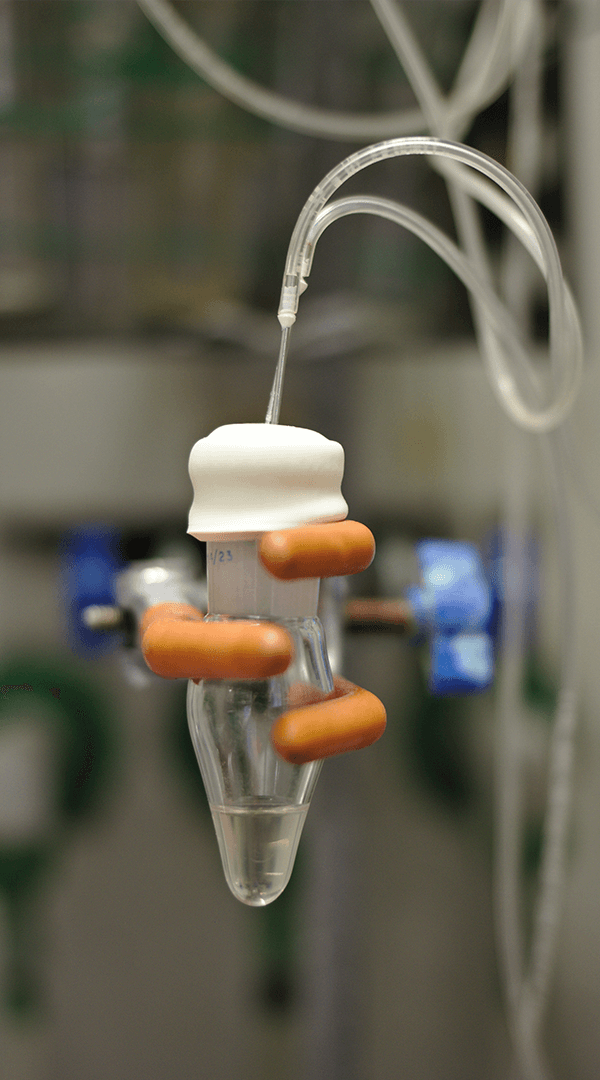posted by Phill Allen
January, 28th, 2014
Company News Pharmaceutical Industry News
A bottleneck typically leaves us bashing the steering wheel in frustration. Now it would seem traffic flow in the downstream processing sector is being impeded when it comes to the recovery and purification of protein therapeutics for biologicals.
Those driving decisions in biopharmaceutical manufacturing say they’ve happened upon an array of downstream processing roadblocks during their travels.
These include:
- Operational efficiencies in upstream bioprocessing leading to the production of higher product titres which, in turn, creates purification bottlenecks
- The recent upsurge in upstream single-use technologies forcing downstream processing into an unwanted game of catch-up
Strategic manufacturing implications
A glance in the rearview mirror shows downstream processing as a leading biopharmaceutical manufacturing trend during 2013. This pattern looks set to continue down the road ahead.
It’s understandable then, that those tasked with decision making in downstream processing are concerned about the strategic repercussions triggered by this wave of operational efficiencies washing over their upstream counterpart.
Data from BioPlan’s Annual Report brings statistical weight to this assertion. According to the report, three in four facilities are experiencing capacity bottlenecks in downstream processes.
It’s not all bad news, though. Statistics generated by the report appear to suggest a decline in more serious bottlenecks. Of the respondents asked:
- 6.8%, compared to 8.5% the previous year, said their facility was experiencing “serious bottlenecks”
- 29.7%, compared to 37.8% the previous year, said their facility was experiencing “some bottleneck problems”
Bioprocessing your problems
The short term concerns orbiting the issue of bottlenecking are, for the most part, centred on downstream purification and the immediate capacity constraints.
What about the long term strategic impact, though? When we look down the road, the ensuing operational problems become more varied and specific to a site’s own systems.
Have you encountered any issues specific to your site? What process changes are needed to bring balance to your operations, suppliers and technologies involved in the downstream supply chain?
TAGS:
Bioprocessing, Downstream Bioprocessing, upstream bioprocessing,
SHARE:
Author
Phill Allen
Managing Director
Phill is an innovative thinker particularly in fluid management. His expertise lies in ensuring the seamless flow of pharmaceutical liquid logistics, whether it's optimising current processes or pioneering new approaches.



